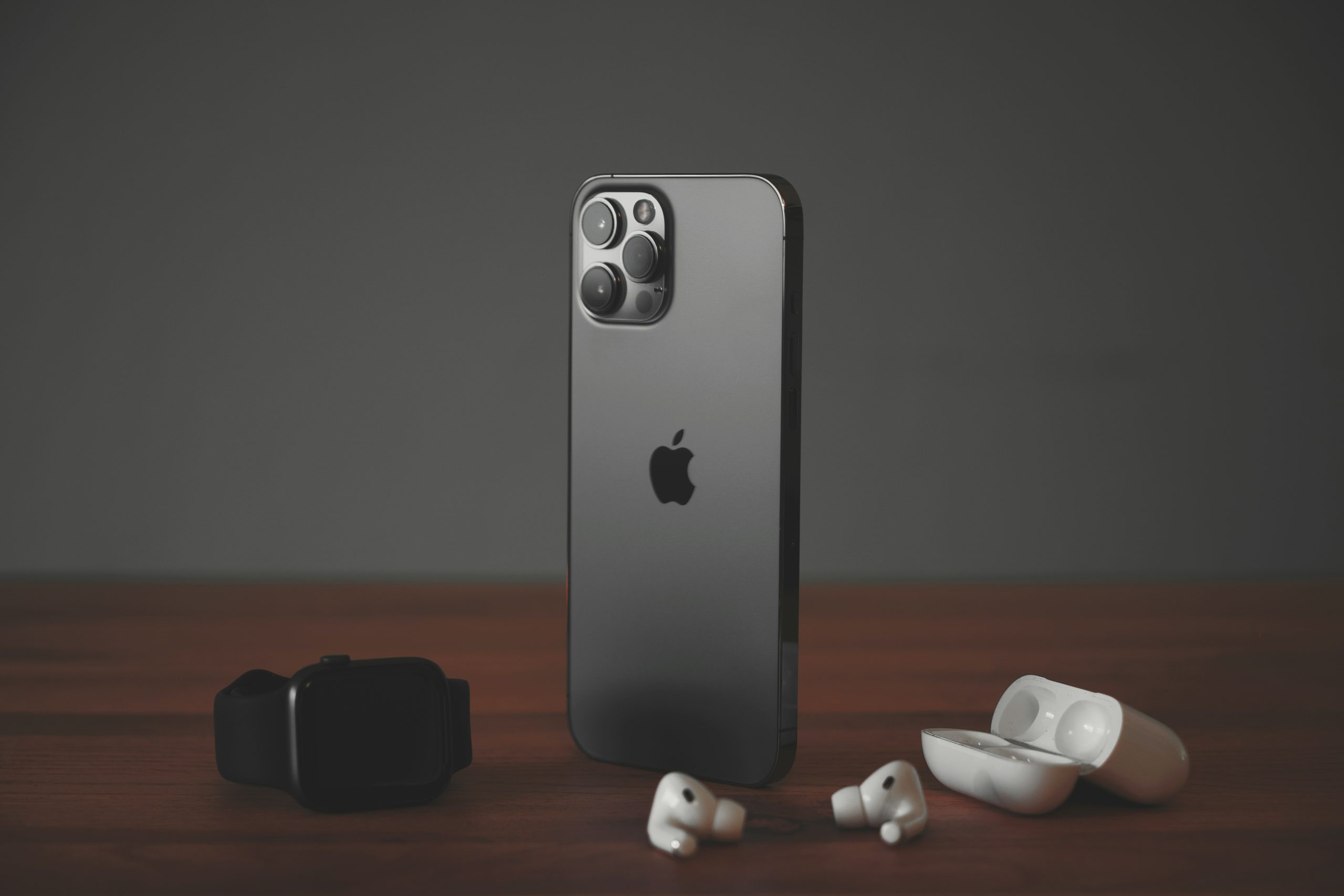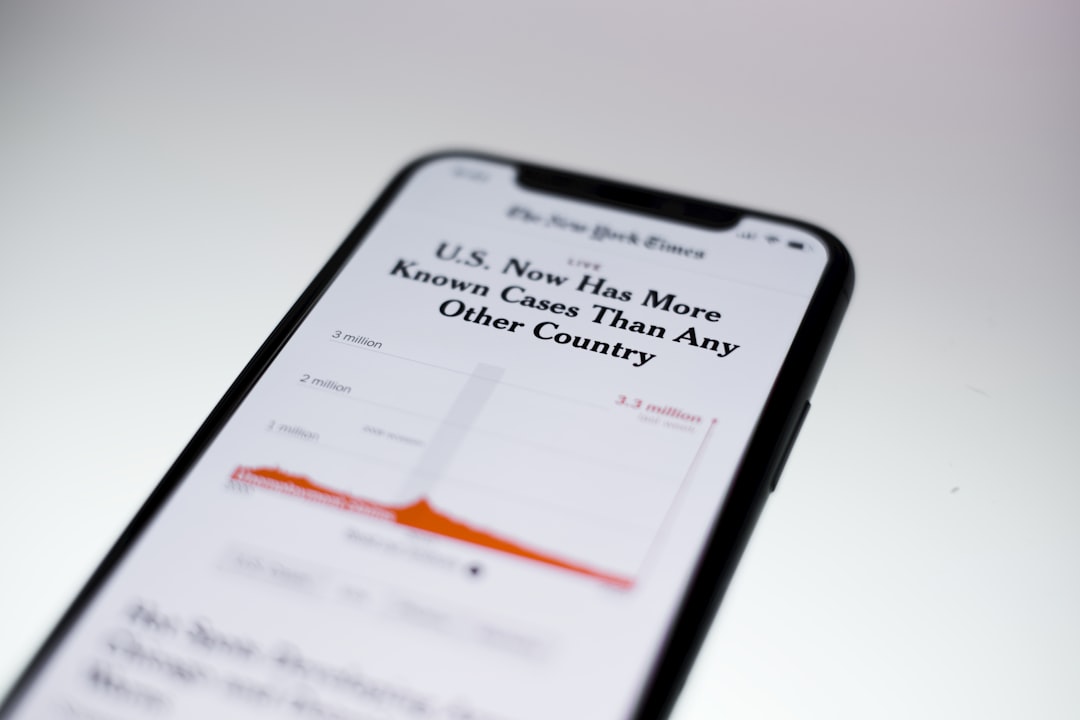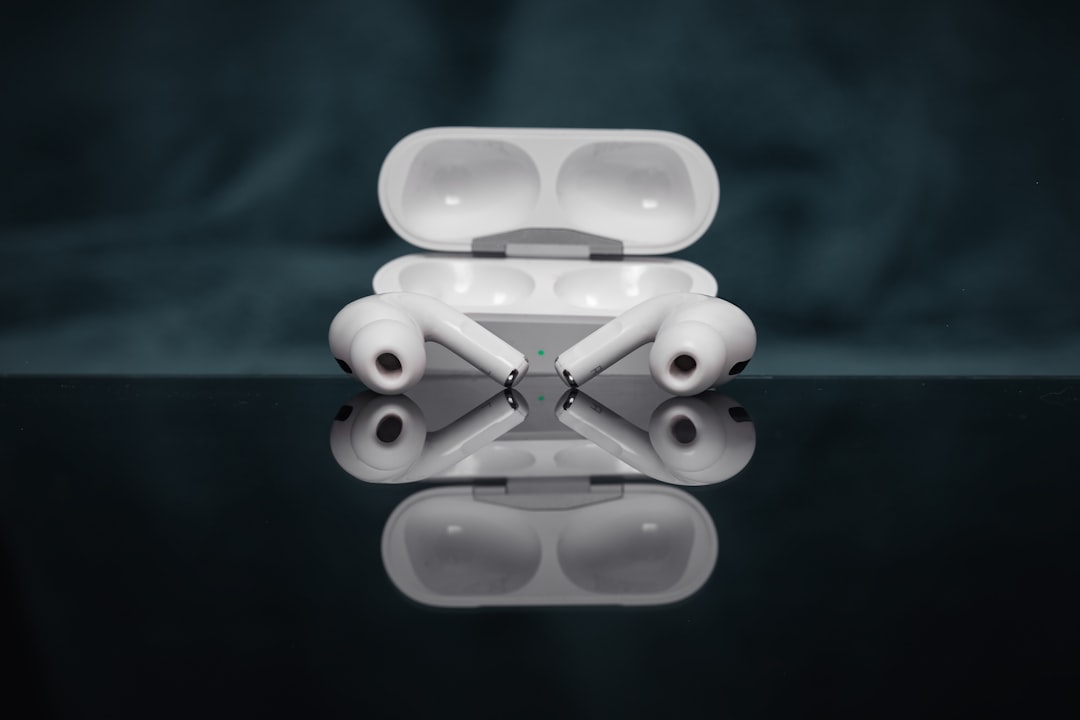Apple has remained at the forefront of incorporating advanced technologies such as artificial intelligence (AI) into its iPhones, making each new release more intelligent and capable. However, one of the recurring questions among users is whether these AI-driven features can be brought to older or unsupported iPhone models. With software enhancements being a key selling point of the latest iPhones, many people wonder if previous generations can reap the benefits of these innovations as well.
The short answer is that while some Apple intelligence features can be extended to older iPhones through software updates, others remain exclusively tied to the hardware advancements in newer models. Let’s explore why this happens and whether there are any workarounds available.
Apple’s AI Integration and Its Hardware Dependencies
Apple’s ability to deliver advanced AI features stems from its integration of custom silicon chips, such as the A-series processors and the Neural Engine. These chips are specifically designed to accelerate machine learning tasks, which are at the heart of most AI functionalities. For instance, features like real-time image recognition in the Photos app or advanced natural language processing in Siri heavily rely on the Neural Engine’s computational power.
Older iPhones lack this specialized hardware, making it technically impossible for them to perform certain AI-driven functions. For example, the Neural Engine was first introduced in the A11 Bionic chip, which debuted with the iPhone 8 and iPhone X. Devices older than these models not only miss out on the Neural Engine but also lack the processing power required to execute complex AI tasks efficiently.

Can Software Updates Help?
One of the strengths of Apple’s ecosystem is its ability to push regular iOS updates to a wide range of devices, including many older models. These updates often include improvements to existing AI functionalities or entirely new features, such as smarter Siri suggestions, custom Focus modes, or on-device Siri processing (introduced in iOS 15). However, Apple ensures that some AI-driven innovations are restricted to newer models as they require modern hardware for optimal performance.
For example, even though older iPhones may receive an iOS update, they might not support all the features bundled within that version. A case in point is the Deep Fusion technology for better image processing, which relies on the A13 Bionic chip and is thus unavailable on earlier models. Similarly, newer AI capabilities, like Live Text (introduced in iOS 15), require advanced image recognition frameworks that older iPhones cannot support due to hardware constraints.
Workarounds for AI Integration
While it’s impossible to replicate all modern AI functionalities on older iPhones, some workarounds can emulate certain features:
- Third-party apps: Applications like Google Photos or Microsoft Lens provide features similar to Apple’s AI-powered Live Text and photo categorization, and they can run on a broader range of devices.
- Cloud-based AI services: Cloud processing can be a viable option for adding AI functionalities without depending solely on the device’s hardware. For instance, Siri still has the capability to process certain queries using Apple’s servers for older devices.
- Manual customization: Many users manually configure their older iPhones to mimic newer AI-driven functions, such as creating shortcuts or using automation tools available within the iOS ecosystem.

Why Apple Limits Certain Features
Apple’s choice to roll out select AI capabilities only to newer models often sparks debates about planned obsolescence. However, there are legitimate reasons for these limitations. High-end AI tasks demand robust hardware not only to work effectively but also to maintain a smooth user experience. Enabling these features on unsupported devices without proper hardware could lead to serious compromises in performance, battery life, or functionality.
Furthermore, Apple often leverages these AI-driven innovations as selling points for its latest devices. While this may seem frustrating for legacy device owners, it underscores Apple’s business model, which emphasizes delivering premium-quality experiences rather than overextending older hardware.

Conclusion
In summary, while some Apple intelligence features can be brought to older or unsupported iPhone models via software updates, the full range of capabilities often requires the hardware innovations of newer models. Users with older devices can explore workarounds, but they may not experience the same seamless integration as those using the latest iPhones. That said, Apple continues to excel at optimizing its offerings across a wide range of devices, and even older iPhones remain impressively capable.
Frequently Asked Questions (FAQ)
- Q: Can I get all the latest AI features on an unsupported iPhone?
A: Not all features can be brought to unsupported iPhones due to hardware limitations. However, some can be accessed via software updates or third-party apps. - Q: Why does Apple limit certain functionalities to new devices?
A: Many features require advanced hardware like the Neural Engine, which is unavailable in older iPhones. This ensures optimal performance and a smooth user experience. - Q: Are there third-party apps that provide similar AI-driven functionalities?
A: Yes, apps like Google Photos and Microsoft Lens offer features such as image recognition and text extraction, which may work on unsupported devices. - Q: How long does Apple provide software updates for older iPhones?
A: Apple generally supports its iPhones with iOS updates for about five to six years after their release, ensuring a good functionality lifespan.
